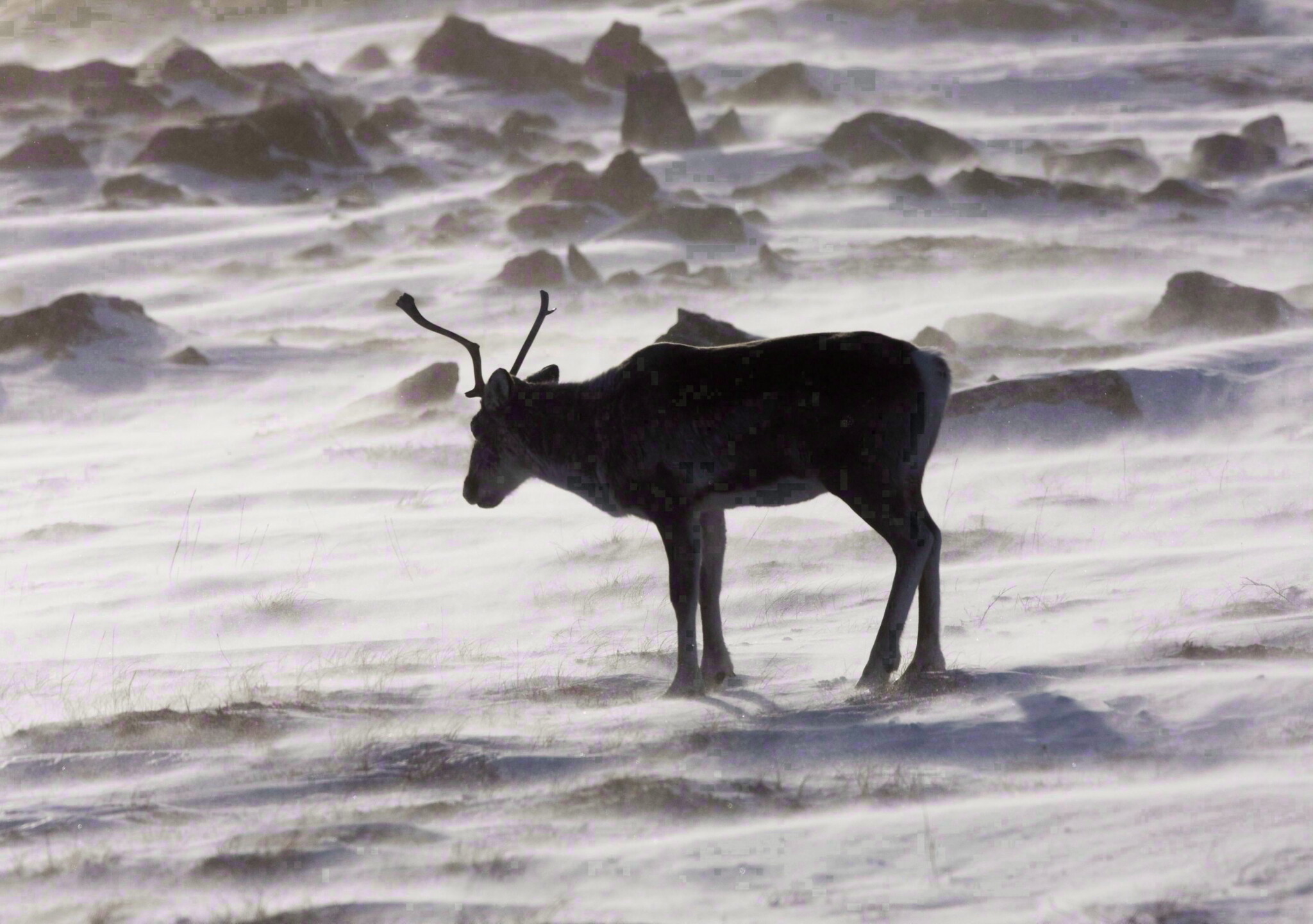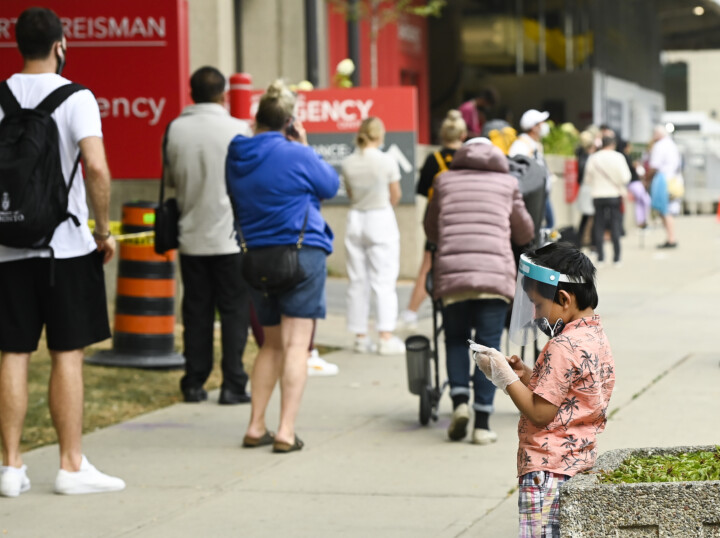Canada’s federal government is clinging to an outdated and overly rigid approach to caribou conservation, putting the country’s forest sector—and the economic health of rural communities—at risk. Under the Species at Risk Act (SARA), recent federal interventions, such as the issuance of a Section 80 emergency protection order in Quebec, have exposed the failure to evolve caribou recovery strategies to reflect the realities of modern ecosystem management. These decisions are creating significant and unnecessary obstacles for an industry critical to Canada’s economy, discouraging necessary investment and threatening the future of sustainable forest management.
For over a decade, Canada has relied on a blanket requirement for caribou conservation, mandating 65 percent undisturbed habitat across southern mountain and boreal caribou ranges. While well-intentioned when initially set, this one-size-fits-all target is now woefully outdated.
The methodologies used by the federal government to assess caribou habitat decline to date are overly simplistic, failing to consider key variables like forest productivity, insect infestations, disease, climate change, and even the animals’ nutritional needs. Instead, the government has focused narrowly on industrial activity as the primary cause of habitat disturbance, ignoring the complex ecological dynamics at play.
In fact, a recent federal government progress report on boreal caribou doesn’t support their own narrative around disturbance. The report, released in 2024, identifies several herds that are in decline, despite very low levels of habitat disturbance. This includes the Mealy Mountain range in Labrador, which has less than 2 percent of its range disturbed. Clearly, other factors are at play.
The consequences of this misguided approach are severe. The Section 80 emergency order in Quebec, for example, will halt critical forestry operations, jeopardizing jobs and the economic stability of rural communities. These communities, which have long relied on sustainable forest management, are now under threat from policies that don’t take into account local conditions or the unique challenges of managing forest ecosystems.
Caribou are often considered an indicator species—their population health reflects broader ecosystem conditions. Boreal caribou, a subspecies of woodland caribou, are spread across much of Canada’s boreal forest, from Labrador to British Columbia, with herds varying widely in size and condition.
Unfortunately, many populations are in decline, with some listed as endangered, like the southern mountain caribou in Alberta and British Columbia. Their plight raises broader concerns about biodiversity, the impacts of human activity on ecosystems, and Canada’s ability to meet its international commitments to protect wildlife.
One glaring omission in the government’s strategy is its failure to account for the rising threat of wildfires—a reality that has devastating consequences for both caribou and forests. As I wrote in an earlier article about Jasper, wildfires are becoming a frequent and uncontrollable force, reshaping entire landscapes and erasing large swaths of caribou habitat. Boreal caribou, in particular, rely on mature forests with lichens for food and cover. Wildfires not only destroy these habitats but also fragment the landscape, increasing the caribou’s exposure to predators.
Climate change has amplified this threat, yet the federal government’s caribou conservation model largely overlooks it, preferring to stick with outdated assumptions about habitat degradation driven by industry alone. This narrow perspective leaves caribou populations vulnerable to an increasingly volatile environment.
The federal government’s refusal to engage meaningfully with forest sector stakeholders has only made matters worse. Industry experts have been recommending the government revise its approach to caribou—to one that considers all causes of decline, recognizes the growing risk of wildfire, and promotes regional flexibility—but they have been met with silence. The lack of meaningful consultation and collaboration is stifling progress, leaving both the forest sector and caribou at a disadvantage.
The forest sector has a vested interest in sustainable ecosystems, including thriving caribou populations. Innovative management practices, like habitat offsets and collaborative planning, have already proven successful in some regions, but these approaches require regulatory flexibility and a willingness to listen. By excluding the forest sector from the conversation, the government risks alienating a critical partner in conservation.
Canada’s forest sector and the rural communities it supports are at a tipping point. If the government continues to adhere to outdated conservation methods, it risks not only undermining the industry but also the economic health of the communities that depend on it. Caribou conservation and forest sector investment are not mutually exclusive. Both can thrive, but only with modern, evidence-based approaches that reflect today’s environmental and economic realities.
It’s time for the federal government to act—not just to protect the caribou, but to ensure the long-term health of Canada’s forest sector and the communities that rely on it.










